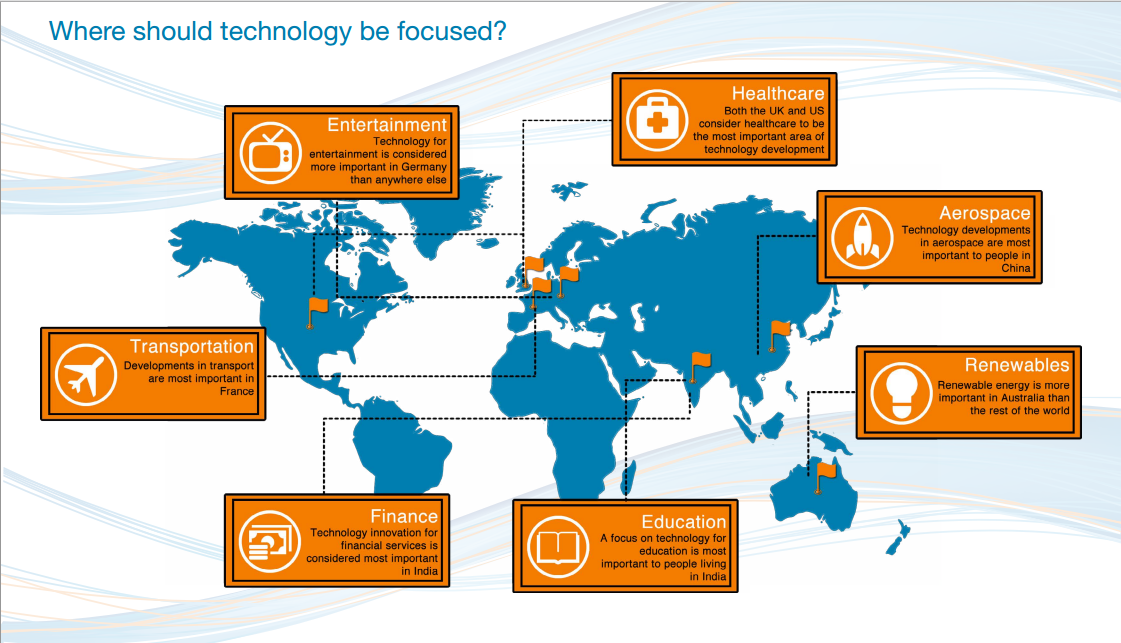 NEWS
NEWS
 NEWS
NEWS
 NEWS
NEWS
Internet of Things (IoT) is on the verge of exploding onto the computing scene, and experts agree that data volumes will be astronomical. At its recent Amazon Web Services (AWS) re:Invent event, Amazon presented a model that presumes all this data will be transmitted to central processing centers (many of them AWS) for analysis.
Wikibon CTO David Floyer argues for an alternative architecture in which edge computing is used to capture and perform initial analysis of the raw data from local sites, passing along only data that is immediately significant to the network and storing the rest locally. In “The Vital Role of Edge Computing in the Internet of Things” he presents a small case history of an initial sensor and security camera installation in a small remote wind farm. The installation has a total of 100 active sensors and two security video cameras, producing low-resolution black-and-white imaging. Even with this very minimal installation, he calculates that the three-year cost of transmitting the data at $75,048, plus $2,000 in on-site equipment and $3,484 for AWS cloud costs. That makes the total cost $80,531.
An edge-computing approach, by comparison, would have a three-year total data transport cost of $3,752. On-site equipment would jump to $25,000, but even with that increase the total three-year cost would fall to $28,927, a savings of almost two-thirds.
This approach has other advantages. Capturing data locally is more dependable, eliminating the network as a source of problems.
Based on this analysis, Floyer argues that the practical approach to almost every IoT installation will be a combined edge-cloud strategy, with only the most significant data sent live over the network for analysis at a central site. The remote processing units will drop in cost rapidly as they are built up volume, making this approach practical even for smart homes where a set-top box will collect data from the washer, drier and refrigerator and only transmit data that indicates a problem.
That doesn’t mean central services like AWS won’t be important, Floyer says. The most important data, such as abnormal readings that can be early indicators of a potential failure, will be sent there and processed in real time. But economics will dictate that initial processing and capture of steady-state data for almost all systems will be kept local, at the edge.
Support our mission to keep content open and free by engaging with theCUBE community. Join theCUBE’s Alumni Trust Network, where technology leaders connect, share intelligence and create opportunities.
Founded by tech visionaries John Furrier and Dave Vellante, SiliconANGLE Media has built a dynamic ecosystem of industry-leading digital media brands that reach 15+ million elite tech professionals. Our new proprietary theCUBE AI Video Cloud is breaking ground in audience interaction, leveraging theCUBEai.com neural network to help technology companies make data-driven decisions and stay at the forefront of industry conversations.